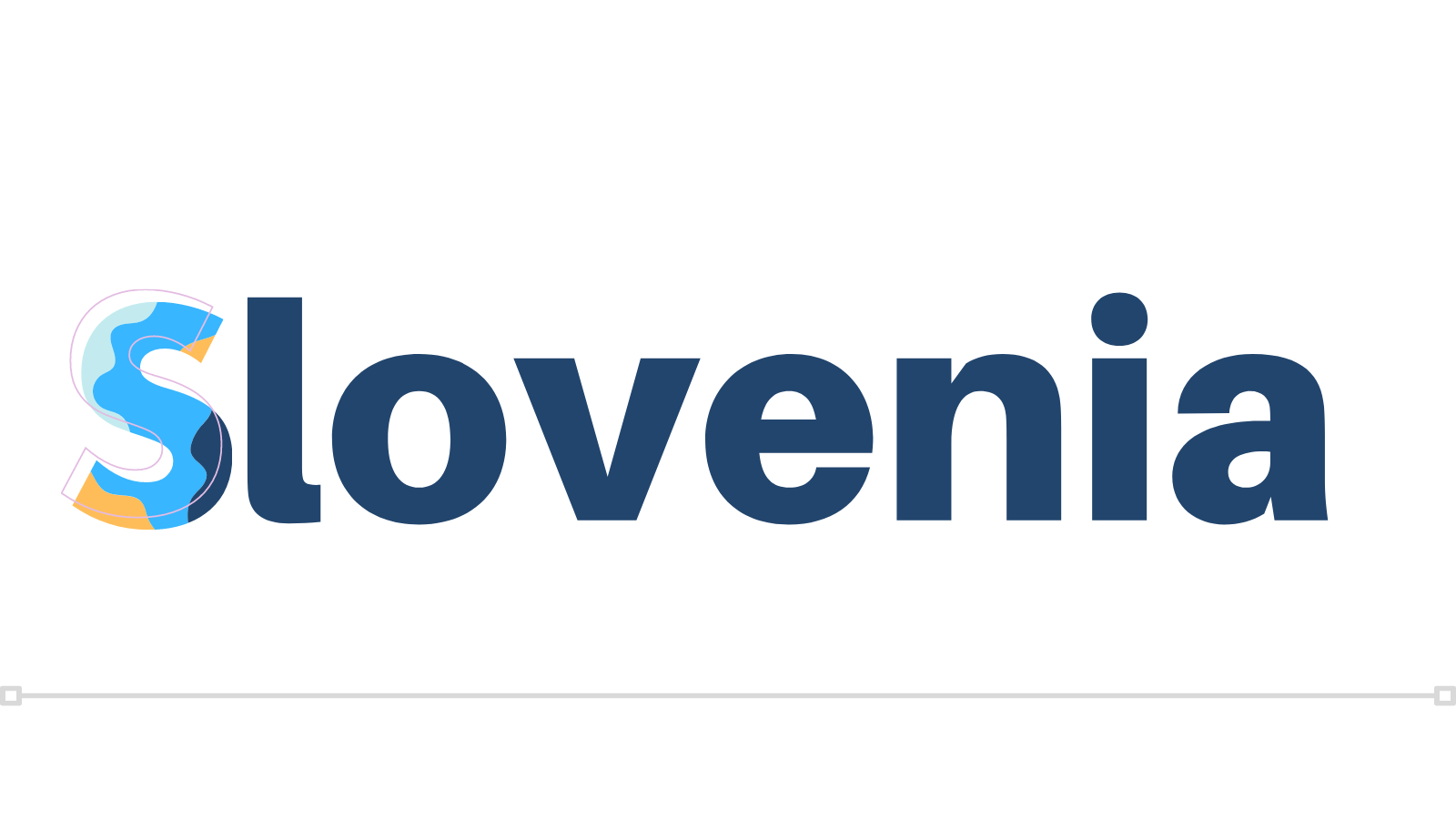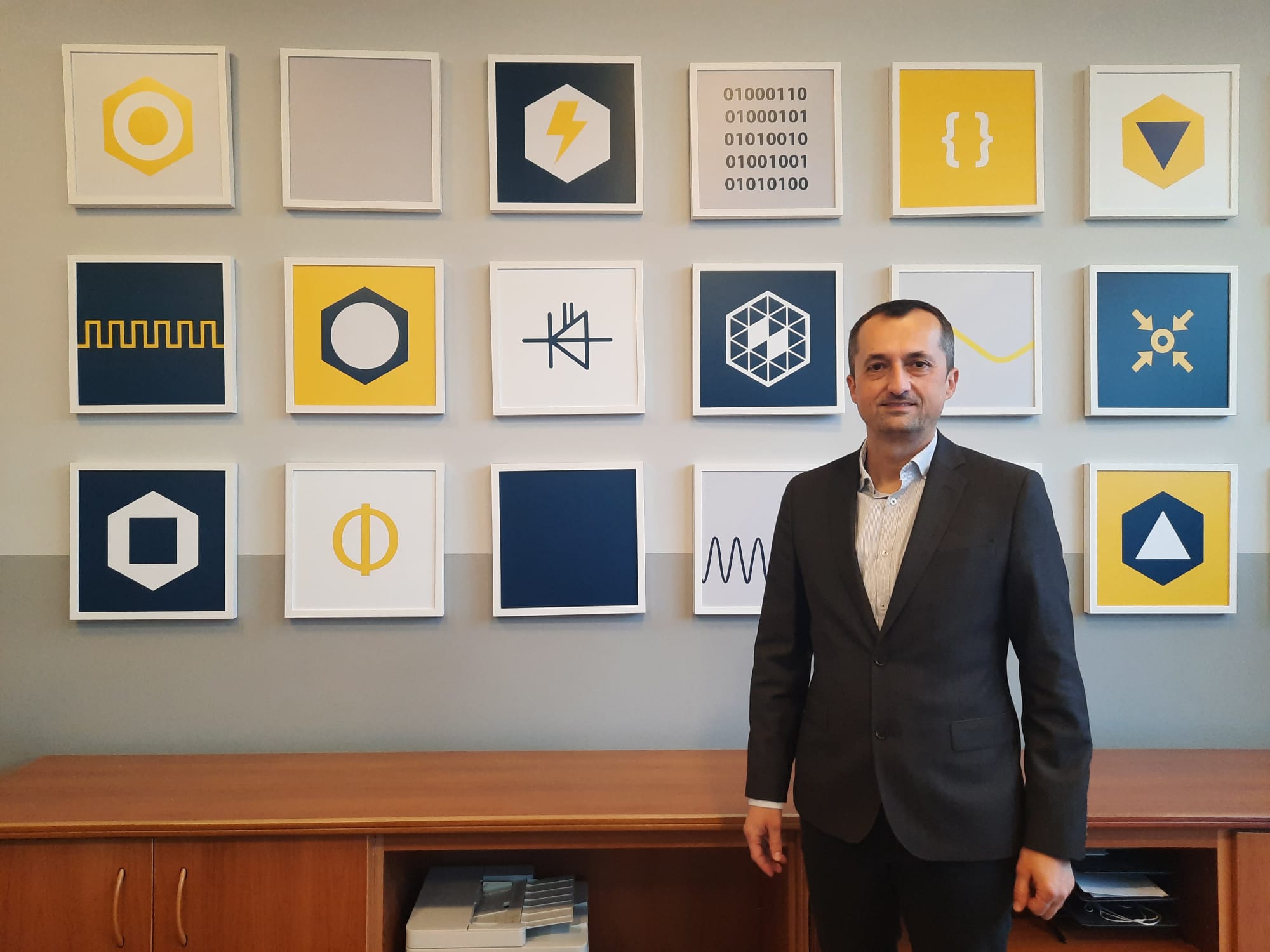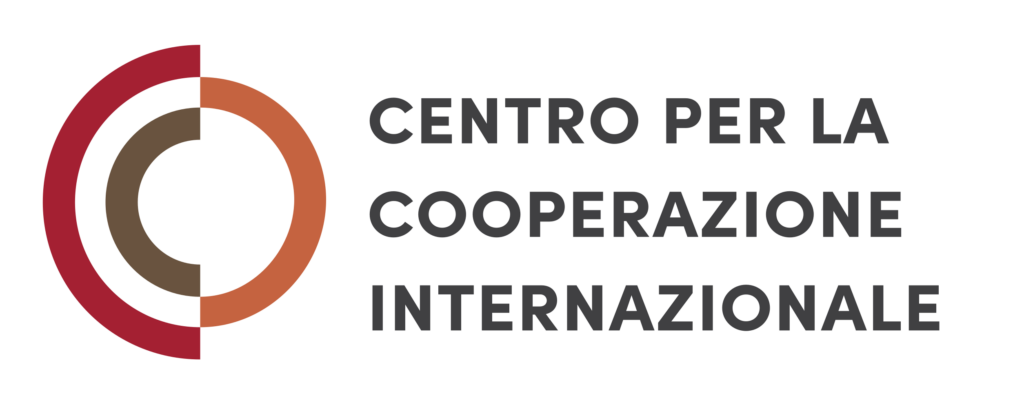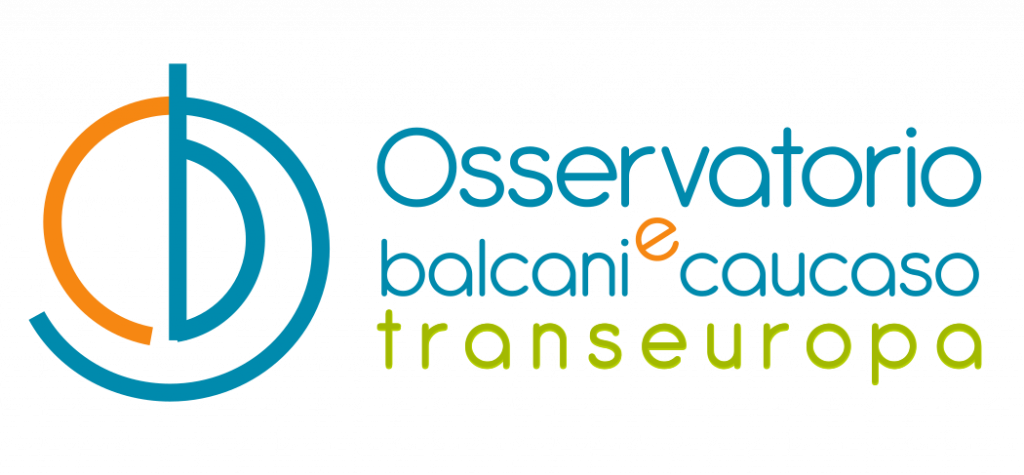|
Cohesion funds in Slovenia in 2014-2020
Between 2014 and 2020, Slovenia received over 1.7 billion Euros from the European Union for regional and social development projects. An overview of the data

I-fondi-di-coesione-in-Slovenia-nel-periodo-2014-2020
In the period 2014-2020, the European Union actually disbursed over 1.7 billion Euros to Slovenia as part of its cohesion policy – the strategy by which the EU promotes balanced and sustainable territorial development, so as to reduce the gap between the different regions of Europe.
About one third of the total EU budget is allocated to cohesion policy, so much so that in the 2014-2020 budget period, 351.8 billion Euros were allocated to all 28 member states. These resources have funded hundreds of thousands of projects across Europe, implemented through the European Regional Development Fund (ERDF ), the European Social Fund (ESF ), the Cohesion Fund (CF ), and the Youth Employment Initiative (YEI ). Additional funds go to INTERREG programmes, which aim to encourage cooperation between regions belonging to different states. Appropriate national and regional operational programmes define the priorities and activities with which to exploit the available resources.
Cohesion policy allocations depend on the level of development of each region: less developed regions – those where GDP per capita is less than 75% of the EU average – receive proportionately much more funds than regions considered to be in transition or more developed – Slovenia features both under-developed and more developed regions than the European average.
The priorities of the cohesion funds in Slovenia
Of the roughly 1.7 billion Euros Slovenia received in the 2014-2020 budget period, more than half was from the European Regional Development Fund.
The thematic priority which was allocated the largest part of the cohesion funds in Slovenia was investment in research and development, followed by competitiveness of small and medium-sized enterprises and environmental protection.
The distribution of cohesion funds on the territory
Of the approximately 1.7 billion Euros disbursed to Slovenia, 820 million were accounted for at the NUTS 3 regional level, and it is therefore possible to see in more detail how they were distributed throughout the territory.
In absolute terms, the region of central Slovenia, which hosts capital Ljubljana, received the highest share of cohesion funds, with 237.1 million Euros in the period 2014-2020, followed by the region of Maribor with 151 million Euros.
However, the absolute values can be misleading: the same investment can make a greater or lesser difference on the territory depending on the size and level of each economy. To better grasp the extent of European investments in Slovenia, we can therefore compare cohesion funds to the GDP produced by each region in 2014. From this point of view, the Ljubljana region received far lesser funds than other regions of the country - about 15,000 Euros for every million of GDP produced in 2014, compared to 38,000 in south-eastern Slovenia and 34,000 in Carinthia.
Similarly, we can relate the cohesion funds allocated to each region to the number of inhabitants. With around 4460 Euros per capita, the Ljubljana region stands out, receiving up to almost 20 times as much as other regions of the country.
The ability to absorb the allocated funds
These data refer to the cohesion funds that were actually disbursed in the 2014-2020 period. However, this is only a part of what the European Union had initially allocated for Slovenia: as in other cases, countries and regions are not always able to absorb all the available funds. Often there is no adequate capacity for planning, spending, or managing approved projects - but European funds are disbursed only on the basis of very detailed evidence.
Slovenia was able to use a large part of the funds it had available. South-eastern Slovenia more than three quarters of the total allocated, down to 32.5% in the Upper Carniola region.
Beyond the performance of individual regions, the ability to absorb European funds also depends on the thematic area: some investment priority axes manage to be more used than others. For example, two thirds of the funds earmarked for ICT technologies and training were disbursed. Other resources, on the other hand, were not efficiently used: only 13.2% of the funds allocated for projects relating to adaptation to climate change and the prevention of this risk were spent.
The data
This table shows in more detail the data on cohesion projects in Slovenia in the period 2014-2020, aggregated by region, priority axis, and fund.
The data has been consulted on November 2021 and does not take into account subsequent updates.
This content is published in the context of the "Work4Future" project co-financed by the European Union (EU). The EU is in no way responsible for the information or views expressed within the framework of the project. The responsibility for the contents lies solely with OBC Transeuropa. Go to the "Work4Future"
Tag: Work for Future
Featured articles
- Take part in the survey
Cohesion funds in Slovenia in 2014-2020
Between 2014 and 2020, Slovenia received over 1.7 billion Euros from the European Union for regional and social development projects. An overview of the data

I-fondi-di-coesione-in-Slovenia-nel-periodo-2014-2020
In the period 2014-2020, the European Union actually disbursed over 1.7 billion Euros to Slovenia as part of its cohesion policy – the strategy by which the EU promotes balanced and sustainable territorial development, so as to reduce the gap between the different regions of Europe.
About one third of the total EU budget is allocated to cohesion policy, so much so that in the 2014-2020 budget period, 351.8 billion Euros were allocated to all 28 member states. These resources have funded hundreds of thousands of projects across Europe, implemented through the European Regional Development Fund (ERDF ), the European Social Fund (ESF ), the Cohesion Fund (CF ), and the Youth Employment Initiative (YEI ). Additional funds go to INTERREG programmes, which aim to encourage cooperation between regions belonging to different states. Appropriate national and regional operational programmes define the priorities and activities with which to exploit the available resources.
Cohesion policy allocations depend on the level of development of each region: less developed regions – those where GDP per capita is less than 75% of the EU average – receive proportionately much more funds than regions considered to be in transition or more developed – Slovenia features both under-developed and more developed regions than the European average.
The priorities of the cohesion funds in Slovenia
Of the roughly 1.7 billion Euros Slovenia received in the 2014-2020 budget period, more than half was from the European Regional Development Fund.
The thematic priority which was allocated the largest part of the cohesion funds in Slovenia was investment in research and development, followed by competitiveness of small and medium-sized enterprises and environmental protection.
The distribution of cohesion funds on the territory
Of the approximately 1.7 billion Euros disbursed to Slovenia, 820 million were accounted for at the NUTS 3 regional level, and it is therefore possible to see in more detail how they were distributed throughout the territory.
In absolute terms, the region of central Slovenia, which hosts capital Ljubljana, received the highest share of cohesion funds, with 237.1 million Euros in the period 2014-2020, followed by the region of Maribor with 151 million Euros.
However, the absolute values can be misleading: the same investment can make a greater or lesser difference on the territory depending on the size and level of each economy. To better grasp the extent of European investments in Slovenia, we can therefore compare cohesion funds to the GDP produced by each region in 2014. From this point of view, the Ljubljana region received far lesser funds than other regions of the country - about 15,000 Euros for every million of GDP produced in 2014, compared to 38,000 in south-eastern Slovenia and 34,000 in Carinthia.
Similarly, we can relate the cohesion funds allocated to each region to the number of inhabitants. With around 4460 Euros per capita, the Ljubljana region stands out, receiving up to almost 20 times as much as other regions of the country.
The ability to absorb the allocated funds
These data refer to the cohesion funds that were actually disbursed in the 2014-2020 period. However, this is only a part of what the European Union had initially allocated for Slovenia: as in other cases, countries and regions are not always able to absorb all the available funds. Often there is no adequate capacity for planning, spending, or managing approved projects - but European funds are disbursed only on the basis of very detailed evidence.
Slovenia was able to use a large part of the funds it had available. South-eastern Slovenia more than three quarters of the total allocated, down to 32.5% in the Upper Carniola region.
Beyond the performance of individual regions, the ability to absorb European funds also depends on the thematic area: some investment priority axes manage to be more used than others. For example, two thirds of the funds earmarked for ICT technologies and training were disbursed. Other resources, on the other hand, were not efficiently used: only 13.2% of the funds allocated for projects relating to adaptation to climate change and the prevention of this risk were spent.
The data
This table shows in more detail the data on cohesion projects in Slovenia in the period 2014-2020, aggregated by region, priority axis, and fund.
The data has been consulted on November 2021 and does not take into account subsequent updates.
This content is published in the context of the "Work4Future" project co-financed by the European Union (EU). The EU is in no way responsible for the information or views expressed within the framework of the project. The responsibility for the contents lies solely with OBC Transeuropa. Go to the "Work4Future"
Tag: Work for Future










